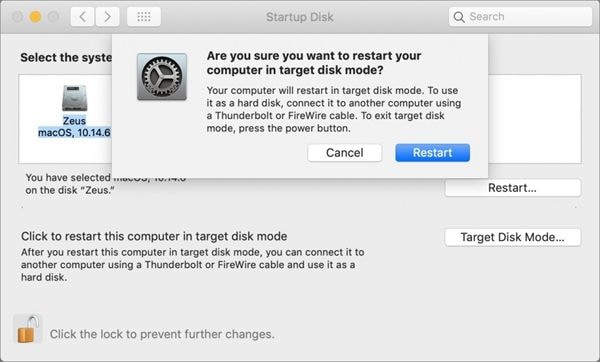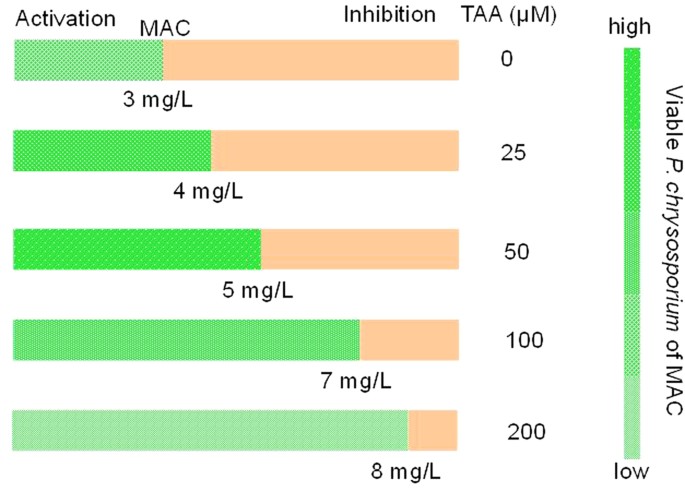

- #TRANSFER INFORMATION TO THIS MAC LOOKING FOR SOURCE HOW TO#
- #TRANSFER INFORMATION TO THIS MAC LOOKING FOR SOURCE FULL#
- #TRANSFER INFORMATION TO THIS MAC LOOKING FOR SOURCE CODE#
'Find the last used row in both sheets and copy and paste data below existing data. To do that, you can use the following macro. In that case, you'll want to add the new entries directly below the last entry on your destination sheet. For example, you may have a daily task of adding new entries from an exported sheet to a master list in another workbook. Sometimes the size of your data ranges in the source and destination files will change every time you run the macro. To learn more about PasteSpecial options, check out my video series on Copy and Paste with VBA. Workbooks("Reports.xlsm").Worksheets("Data").Range("A2").PasteSpecial Paste:=xlPasteValues 'PasteSpecial to paste values, formulas, formats, etc. Workbooks("New Data.xlsx").Worksheets("Export").Range("A2:D9").Copy You'll notice that my example uses the PasteValues type, but you could also use PasteFormulas, PasteFormats, or any of the other PasteSpecial options available. When pasting data into the destination workbook using VBA, you can also use any of the normal Paste Special features. 'Workbooks.Close(SaveChanges, Filename, RouteWorkbook)Įnd Sub PasteSpecial Method to Paste Values, Formats, etc. Workbooks("New Data.xlsx").Close SaveChanges:= True 'Workbooks.Open(FileName, UpdateLinks, ReadOnly, Format, Password, WriteResPassword, IgnoreReadOnlyRecommended, Origin, Delimiter, Editable, Notify, Converter, AddToMru, Local, CorruptLoad) Workbooks.Open "C:\Users\username\Documents\New Data.xlsx"
#TRANSFER INFORMATION TO THIS MAC LOOKING FOR SOURCE FULL#
'Open method requires full file path to be referenced. But the process of opening and closing workbooks can be automated with more code: Both workbooks must be open when using this code.
#TRANSFER INFORMATION TO THIS MAC LOOKING FOR SOURCE CODE#
This is because the code already specifies those details. You do not need to select or activate the workbooks, worksheets, or even ranges first.
#TRANSFER INFORMATION TO THIS MAC LOOKING FOR SOURCE HOW TO#
( Learn how to create a Personal Macro Workbook here.) This code can be stored in a separate workbook, such as your Personal Macro Workbook, if you choose.Workbooks do not have to be macro enabled for this to work.You must reference the correct file extension in the Workbooks property (see video above for details).

When using this macro to copy data from one workbook to another, keep these points in mind. If you just want to paste values, there is an example below. The Range.Copy method does a regular copy and paste that includes formatting and formulas. For the Destination parameter we reference the destination workbook, worksheet, and the beginning cell of the range to paste to. We reference the source workbook, worksheet, and range that we want to copy from. The Range.Copy method has an optional Destination parameter that allows us to specify the range we want to paste to. Workbooks("Reports.xlsm").Worksheets("Data").Range("A2") Workbooks("New Data.xlsx").Worksheets("Export").Range("A2:D9").Copy _ This allows us to perform the entire action in one line of code. We are first going to use the Range.Copy method. There are a few ways to copy & paste data with VBA. Reports.xlsm (22.0 KB) Copy Data from One Workbook to Another Using Excel Macros


 0 kommentar(er)
0 kommentar(er)
